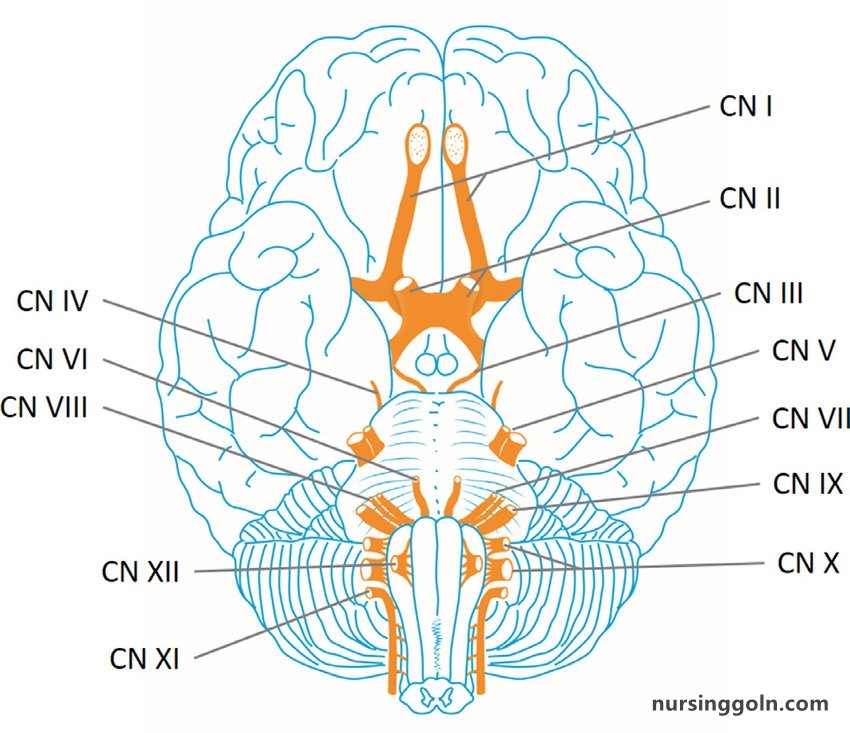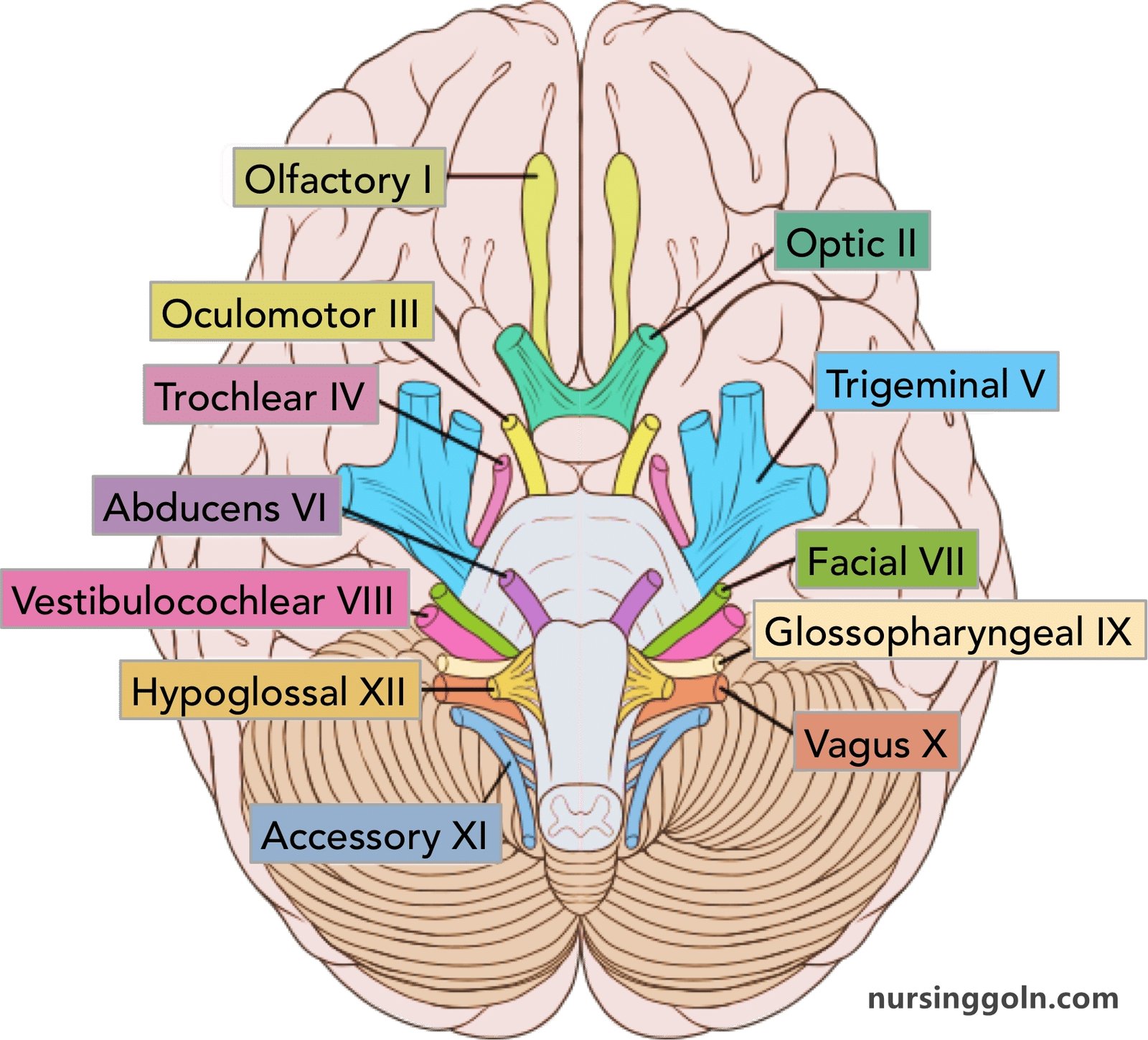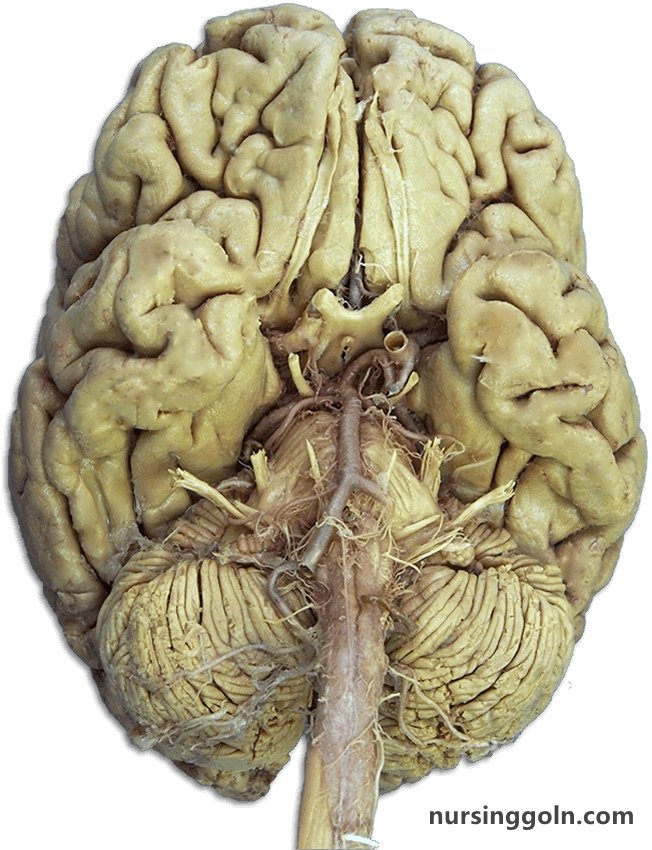Today our topic of discussion is ” Motor Responses “. The realm of human movement, from the simple blinking of our eyes to the graceful dance of a ballerina, is a marvel of motor responses orchestrated by our brain and facilitated by cranial nerves. This wondrous system ensures that we can interact with and navigate our environment with precision. In this exposition, we shall journey through the intricacies of motor responses, examining the vital partnership between the brain and its cranial nerves.

Motor Responses: The Brain and Cranial Nerves
1. Introduction to Motor Responses
Motor responses refer to the actions and movements carried out by our body in reaction to stimuli or intentions. These can be voluntary, like picking up a pen, or involuntary, like the reflex pullback from a hot surface.
2. The Brain: Central Command of Movement
The brain houses specific regions responsible for generating and controlling movement:
- Primary Motor Cortex: Located in the frontal lobe, it directs voluntary movements by sending neural impulses down the spinal cord.
- Basal Ganglia: Groups of neurons crucial for planning and initiating movements, and for establishing posture.
- Cerebellum: This ‘little brain’ at the base of the skull coordinates and refines movements, ensuring precision and balance.
3. Cranial Nerves: Conductors of Motion
Several cranial nerves play pivotal roles in controlling movements, particularly of the head and neck:
- Oculomotor (III), Trochlear (IV), Abducens (VI): Control eye movements.
- Trigeminal (V): Governs mastication (chewing).
- Facial (VII): Manages facial expressions.
- Accessory (XI): Operates the sternocleidomastoid and trapezius muscles, influencing neck movements.
- Hypoglossal (XII): Drives tongue movements.

4. From Intention to Action: The Motor Pathway
The journey of a motor response can be distilled into several stages:
- Intention: It often begins in the prefrontal cortex, the area associated with planning and decision-making.
- Planning: The basal ganglia and premotor areas of the cortex formulate the movement blueprint.
- Initiation: The primary motor cortex fires the movement signal, which travels down the pyramidal or extrapyramidal tracts.
- Execution: Signals are transmitted through cranial or spinal nerves to the relevant muscles, instigating contraction and movement.
5. Reflexes: The Brain’s Rapid Response System
Not all motor responses pass through the brain’s conscious pathways. Reflexes, for instance, involve direct circuits between sensory inputs and motor outputs, offering swift, protective reactions.

6. Modulation of Movement: Role of Sensory Feedback
Motor responses aren’t just one-way commands; they’re modulated by feedback from sensory receptors. Proprioceptors in muscles and joints provide the brain with information about body position, enabling it to adjust movements in real time.
7. Movement Disorders and the Brain
Various conditions can affect motor responses:
- Parkinson’s Disease: A degenerative condition linked to the basal ganglia, causing tremors and bradykinesia.
- Huntington’s Disease: A genetic disorder also affecting the basal ganglia, leading to uncontrolled movements.
- Ataxias: Resulting from cerebellar damage, causing uncoordinated movements.

8. Enhancing Motor Responses
There’s evidence to suggest that we can enhance our motor skills and responses through:
- Physical Training: Regular practice can refine motor skills.
- Cognitive Simulation: Mental rehearsal of movements can improve motor planning.
- Neurofeedback: Some modern therapies use real-time brain activity feedback to train better motor control.
9. Adaptive Plasticity: When the Brain Rewires
The brain’s ability to adapt, especially after injury, is termed neuroplasticity. For motor responses, this means that even if a particular brain area gets damaged, other regions can sometimes compensate, aiding in recovery.

10. Conclusion: The Symphony of Movement
The elegance of our motor responses, governed by the brain and relayed by cranial nerves, speaks to the intricate beauty of human physiology. Every stride we take, every note we play on a piano, and every smile we share with a loved one is a testament to this complex yet harmonious system. In understanding motor responses, we don’t just gain insight into how we move; we celebrate the myriad ways in which we engage with the world around us.
Read more:
